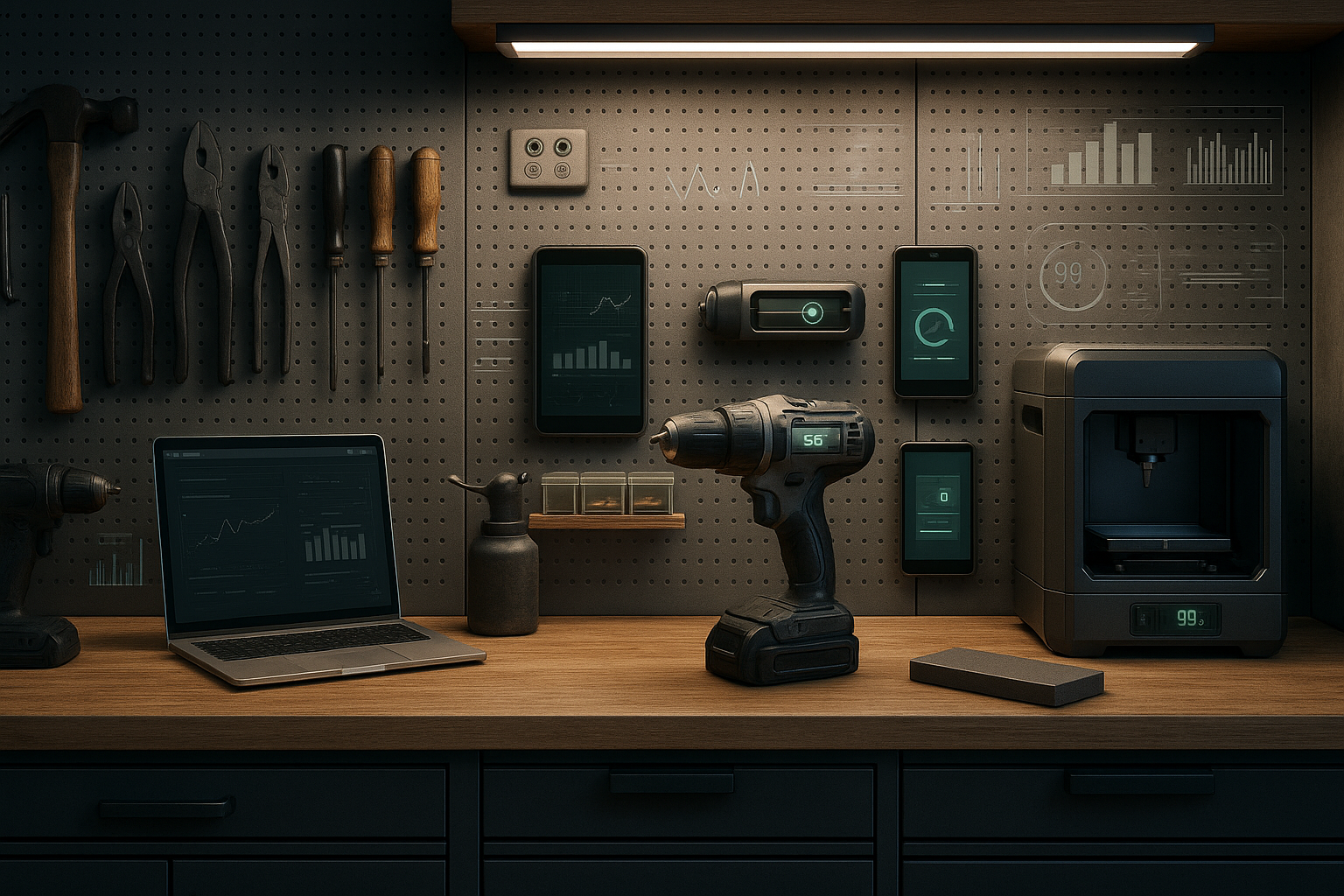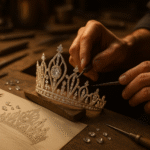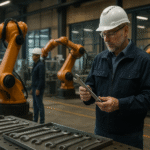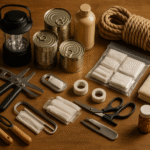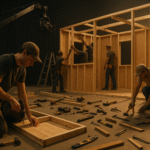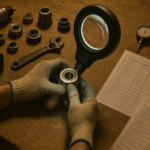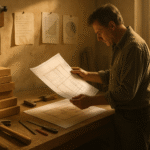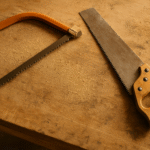he image of the traditional DIYer has changed. Once defined by grease-stained hands, tool racks, and improvised benches, the modern maker’s workshop now resembles a hybrid between a garage and a tech studio. Digital displays, wireless sensors, and AI-assisted equipment have replaced much of the manual clutter. What used to be a simple workspace for fixing or creating has evolved into a smart studio — a controlled, connected environment where creativity meets precision.
This transformation didn’t happen overnight. The rise of compact, data-driven tools and accessible design software has redefined how people approach personal projects. The same technologies powering industrial automation have quietly entered home workshops, creating a new breed of makers who blend craftsmanship with computing. As explored in Inside the Smart Workshop: Connected Tools That Think for You, connected ecosystems now allow tools to communicate with one another, track performance, and even adjust themselves automatically. The result is an environment where the line between human control and machine assistance becomes increasingly blurred.
What makes today’s DIYer different isn’t just the technology they use — it’s the mindset. The modern craftsman is part engineer, part designer, and part problem-solver. They approach projects with data in one hand and intuition in the other. A smart laser level replaces guesswork, a mobile app monitors torque consistency, and 3D-printed components bring custom designs to life overnight. The workflow described in How to Build a Workshop That Thinks for You (Without Losing Control) represents this evolution perfectly: tools no longer just perform tasks; they adapt to their user’s behavior.
However, the modern studio doesn’t erase the human element — it enhances it. The simplicity of design and the accessibility of digital tools empower more people to build, repair, and invent without formal training. The do-it-yourself spirit has expanded into do-it-smart, where even beginners can achieve professional results using guided precision systems. This shift echoes the lessons in Are We Losing the Art of Craftsmanship in the Age of Smart Tools? — that craftsmanship is evolving, not disappearing. The creativity still belongs to the maker; technology simply amplifies what’s possible.
The move from garage to studio also reflects a larger cultural trend. Makers now think like designers, blending aesthetics with functionality. Workbenches feature modular tool mounts, integrated lighting, and noise-optimized equipment. Dust collectors, air monitors, and digital readouts turn once-chaotic spaces into organized creative environments. This fusion of engineering and artistry gives rise to a new form of craftsmanship — one where workflow, design, and sustainability intersect. As discussed in Sustainable Power: How Tool Brands Are Going Carbon Neutral, efficiency is no longer just about output; it’s about responsibility and longevity.
Ultimately, the evolution from garage to smart studio isn’t about replacing tradition — it’s about refining it. The core motivation remains the same: the satisfaction of creating something by hand. What’s different is the medium. Today’s DIYer doesn’t just build; they prototype, iterate, and optimize. Their studio is a space where analog skill meets digital intelligence, where creativity is guided by data but still rooted in intuition. The modern workshop doesn’t make craftsmanship easier — it makes it deeper, smarter, and more intentional than ever before.
